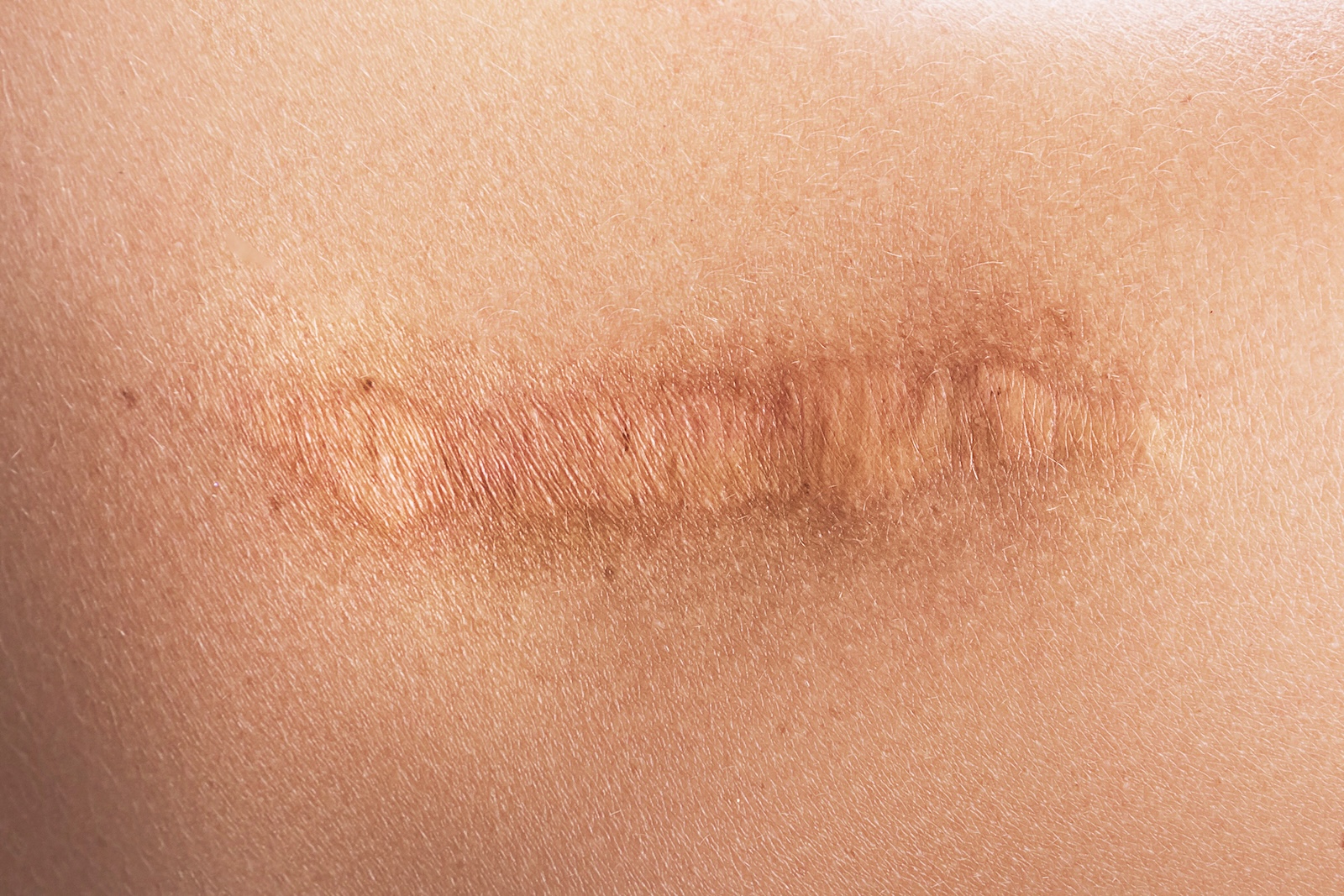
Scientists have known since at least the early 1990s that degenerative disc disease is hereditary. If degenerative disc disease runs in your family, sadly, your personal risk is higher. That said, degenerative disc disease is caused by a number of modifiable and non-modifiable factors. Focusing on the risk factors that you can change may lower your overall risk of degenerative disc disease.
What is Degenerative Disc Disease?
Degenerative disc disease requires two things: 1) a structural abnormality in the spine that 2) causes symptoms, such as neck or back pain, weakness, numbness, and/or shooting limb pain. This typically involves a breakdown of the intervertebral disc; that is, the disc that can be found in between spinal bones (vertebrae).
Is Degenerative Disc Disease Inherited?
Unfortunately, yes, degenerative disc disease can be inherited. We know that degenerative disc disease tends to run in families. Lumbar disc herniation, for example, clusters in families. Some estimates from studies in twins indicate that the heritability of degenerative disc disease is about 75%—a very high number.
We do not know all the genes that contribute to degenerative disc disease, but scientists have discovered several of them. Genes that contribute to degenerative disc disease include those related to collagen, Vitamin D, the extracellular matrix, inflammation, and aggrecan, a molecule that helps keep cartilage hydrated.
Degenerative disc disease runs in my family. What can I do to prevent it?
While the disorder does run in families, if you have relatives with degenerative disc disease, it is important to focus on your modifiable risk factors. Age and genetics are not modifiable, but smoking, obesity, weak core muscles, poor posture, and excessive sitting are modifiable. If degenerative disc disease runs in your family, avoid nicotine exposure of all types; get plenty of physical exercise, including core muscle strengthening exercises; and maintain a healthy weight. Also note that high-impact sports or occupations that involve heavy manual labor can increase the risk of degenerative disc disease. This should factor into your decision about work and leisure activities.
Other Common Causes of Degenerative Disc Disease
A person’s individual risk of degenerative disc disease is affected by several modifiable and non-modifiable risk factors:
Non-Modifiable Risk Factors for Degenerative Disc Disease
- Age – The risk of degenerative disc disease steadily increases as we age. In fact, if we live long enough, all of us will experience some degree of disc degeneration.
- Genetics – People with a genetic predisposition to degenerative disc disease tend to rupture their discs earlier in life than those without a genetic predisposition.
- Trauma – Once you have sustained trauma to the neck or back, the risk of degenerative disc disease is higher than it was prior to the injury. That said, protecting the spine from further injury should be a priority.
Modifiable Risk Factors for Degenerative Disc Disease
- Obesity – While it can be difficult to achieve and maintain a healthy body weight, it is a modifiable risk factor. If you are overweight or obese, talk to your primary care doctor about weight loss options.
- Sedentary lifestyle – While sitting may seem like it takes a load off the back, prolonged sitting actually weakens the muscles around the spine. If you work at a desk, try a standing desk or using an under-desk treadmill. Ask your doctor about spine-healthy ways to strengthen your core muscles, like planks.
- High-risk sports and leisure activities – Spinal discs are the shock absorbers of the spine, but repeated shocks to those shock absorbers can put them at risk of tears. Gymnastics, weight-lifting, football, basketball, baseball, rugby, and hockey may place you at additional risk.6 Likewise, sports that twist the spine, like certain types of swimming, golf, and snowboarding, also increase the risk of degenerative disc disease.
- Manual labor occupations – Any job that requires repeated lifting of heavy objects can increases the risk of back injury and degenerative disc disease.
DDD symptoms to look out for
Symptoms of degenerative disc disease vary from person to person, but the most common DDD symptoms to look out for include:
- Pain in the lower back or upper legs that is worse when you are sitting. While seated, the discs of the lower back have an increased load of up to 30% on them than when standing
- Pain in the neck or lower back that that gets worse when you bend, lift, or twist
- Walking relieves the pain compared to sitting
- Changing positions or lying down relieves the pain compared to sitting
- Severe pain that comes and goes over days to months
- Pain that “shoots” down the arm or leg
- Numbness and/or tingling in the arms or legs
Red flag symptoms are signs and symptoms that indicate severe problem that needs immediate medical attention. Red flag signs and symptoms of DDD are:
- Loss of urinary control
- Loss of bowel control
- Numbness around the anus and/or genital area on both sides, i.e., saddle anesthesia
- Severe pain, numbness, and especially weakness in the leg or legs
Conclusion
While DDD is hereditary, controlling modifiable risk factors can reduce your risk of the disorder. If you have a family member who has had degenerative disc disease, a “slipped” or ruptured disk, spinal fusion or artificial disc replacement, consider making an appointment with a spine surgeon to review your personal risk of DDD and find ways to reduce further spine troubles. If you think you may have DDD, talk with a spine surgeon. Spine surgeons can perform a comprehensive evaluation and suggest non-surgical or surgical treatments, as appropriate.
Ready to reclaim your life? Get in touch with Dr. Lanman Today.
FOLLOW US ON SOCIAL MEDIA | @ADRSPINE




